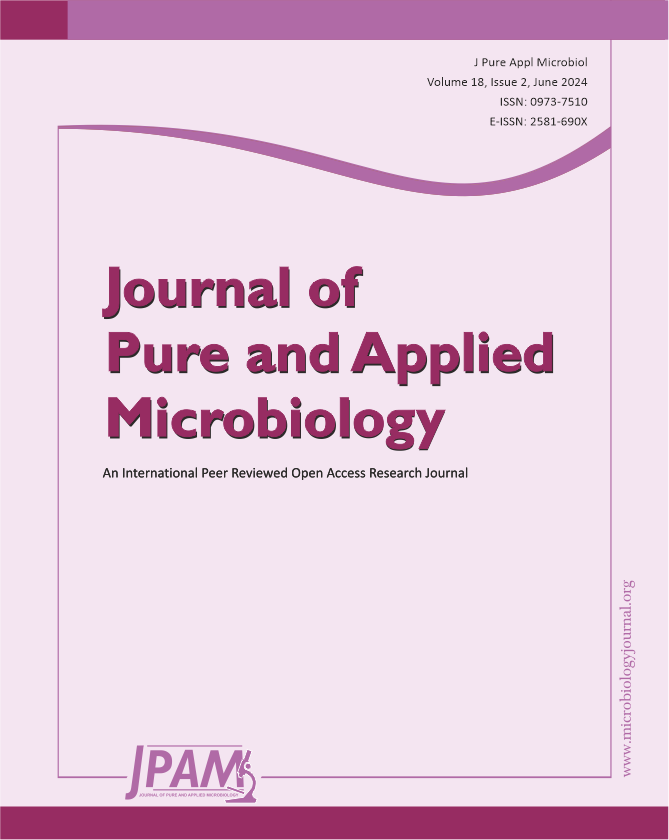In this work, Azadirachta indica leaf extract and the ultrasonic method were applied for the fabrication of a CuO/Ag-based nanocomposite. The CuO/Ag was characterised using different analytical methods such as FTIR, SEM, EDX, and XRD. The well diffusion method was used to evaluate the antibacterial activity of non-calcined and calcined CuO/Ag against some hazardous bacterial strains. After the incubation period, remarkable zones of inhibition were observed around the loaded CuO/Ag. The maximum zones of inhibition were found to be 17.9 (± 0.39), 20 (± 0.17), and 14.3 (± 0.31) mm for E. coli, S. aureus, and S. enterica, respectively. Experimental findings indicated that non-calcined CuO/Ag was a more effective antibacterial agent as compared to calcined CuO/Ag.
Azadirachta indica, Leaf Extract, CuO/Ag, Antibacterial Activity
© The Author(s) 2024. Open Access. This article is distributed under the terms of the Creative Commons Attribution 4.0 International License which permits unrestricted use, sharing, distribution, and reproduction in any medium, provided you give appropriate credit to the original author(s) and the source, provide a link to the Creative Commons license, and indicate if changes were made.


